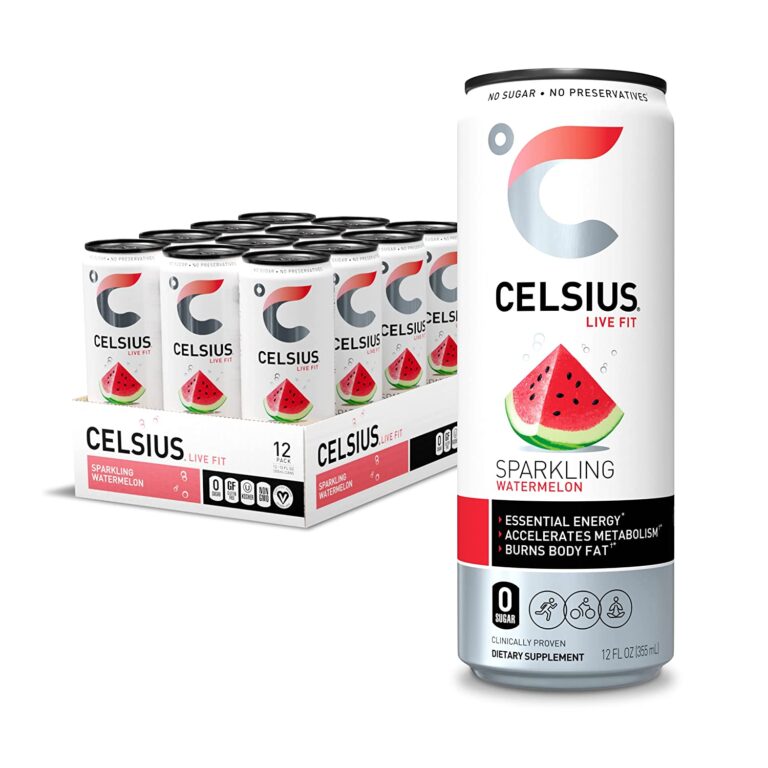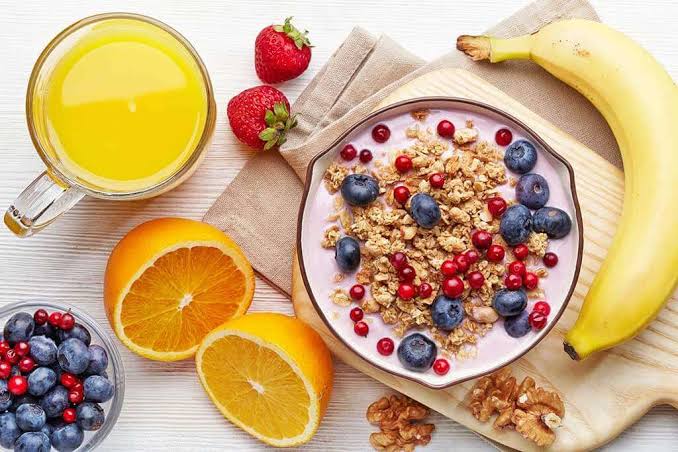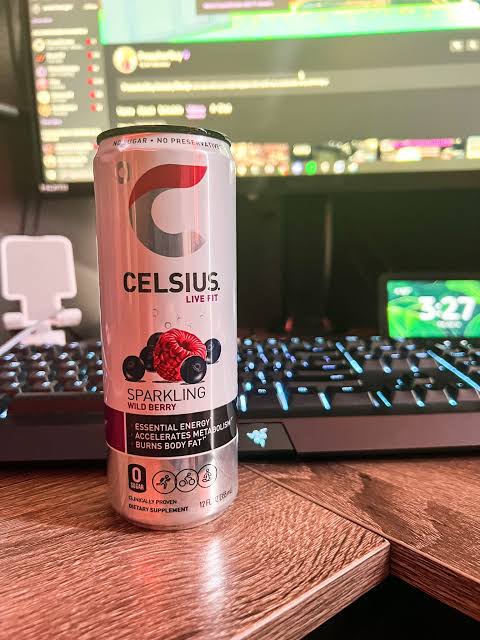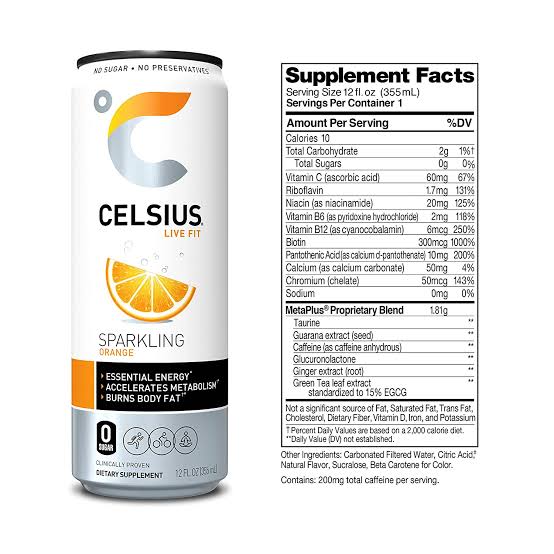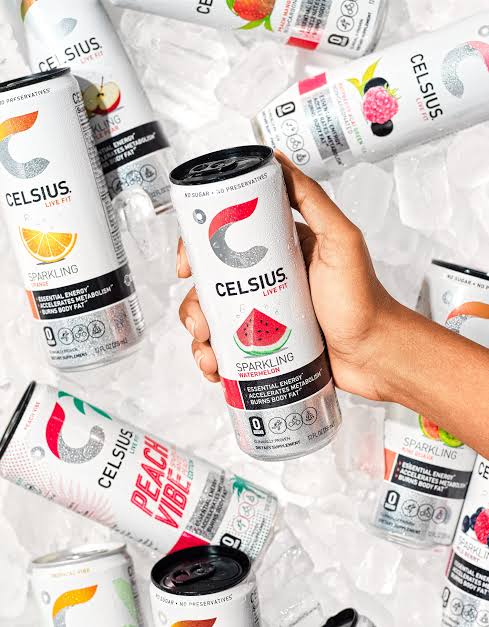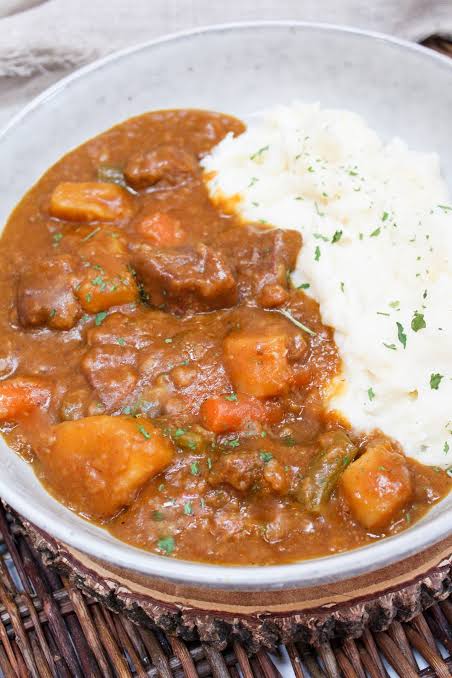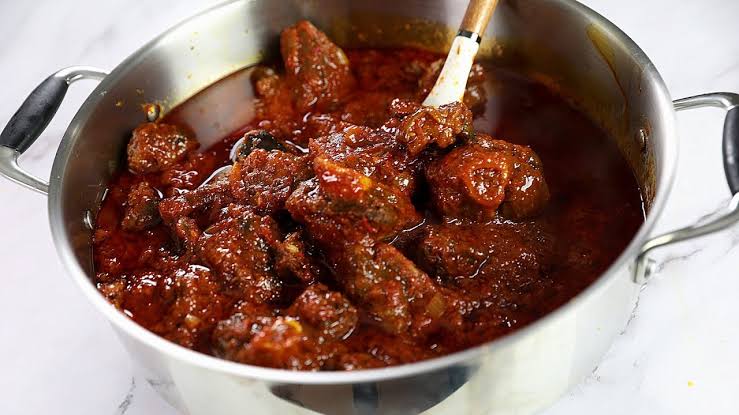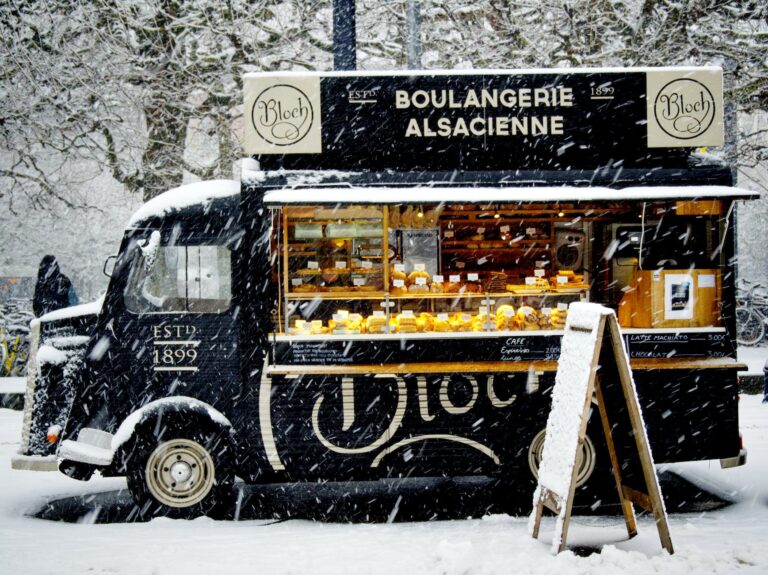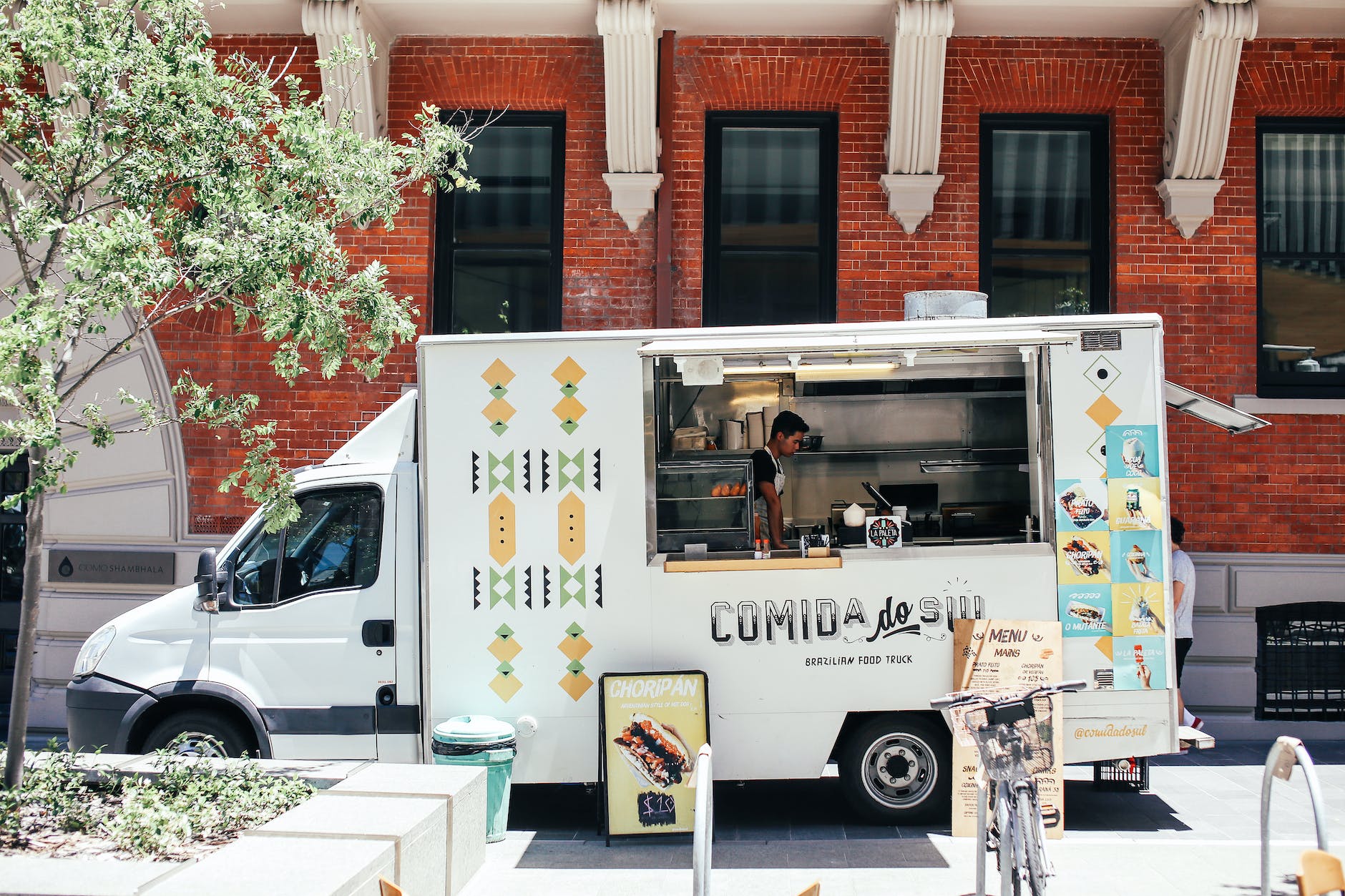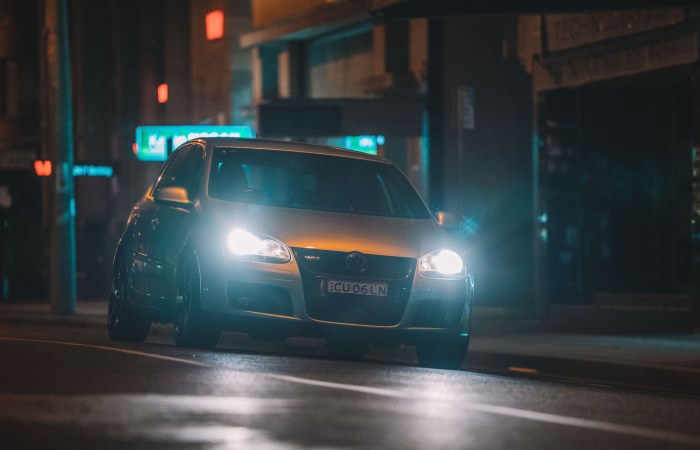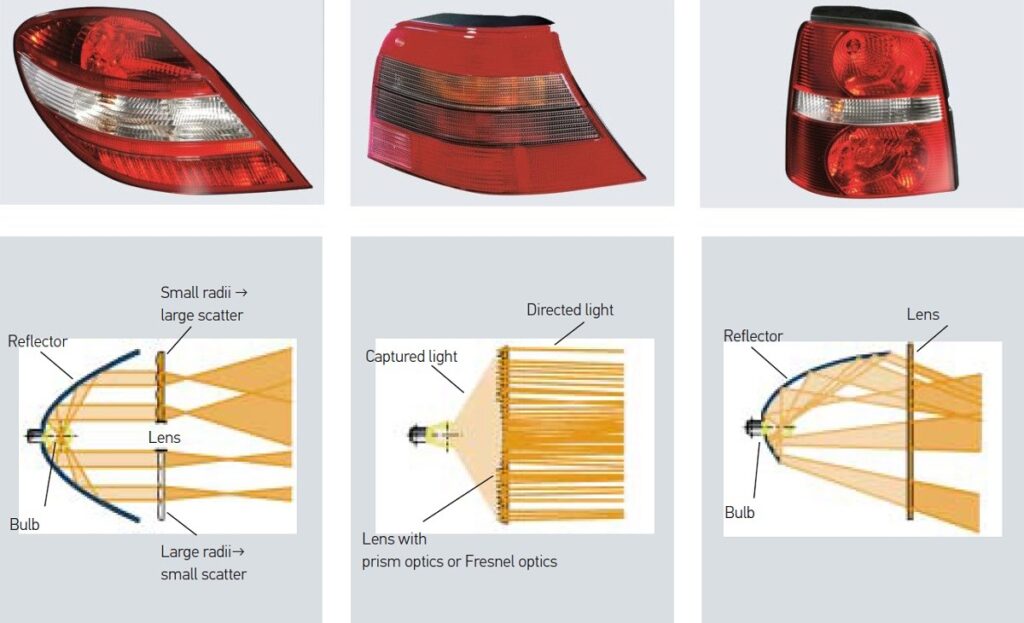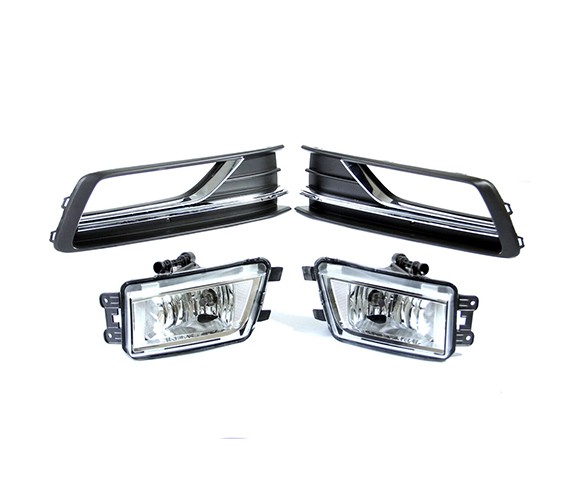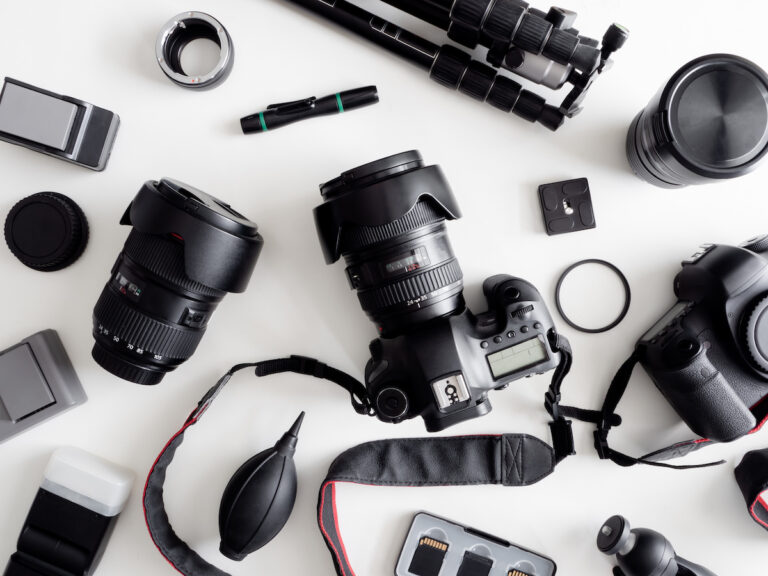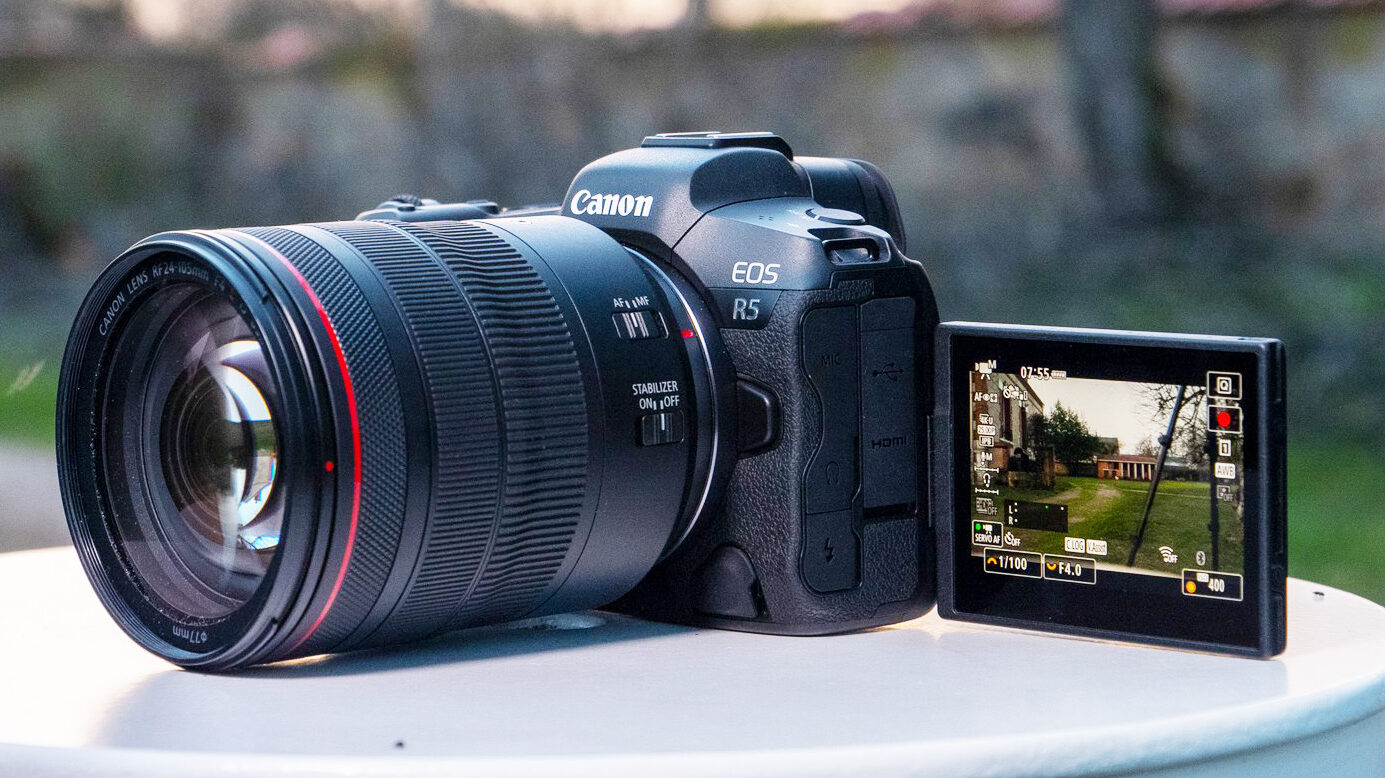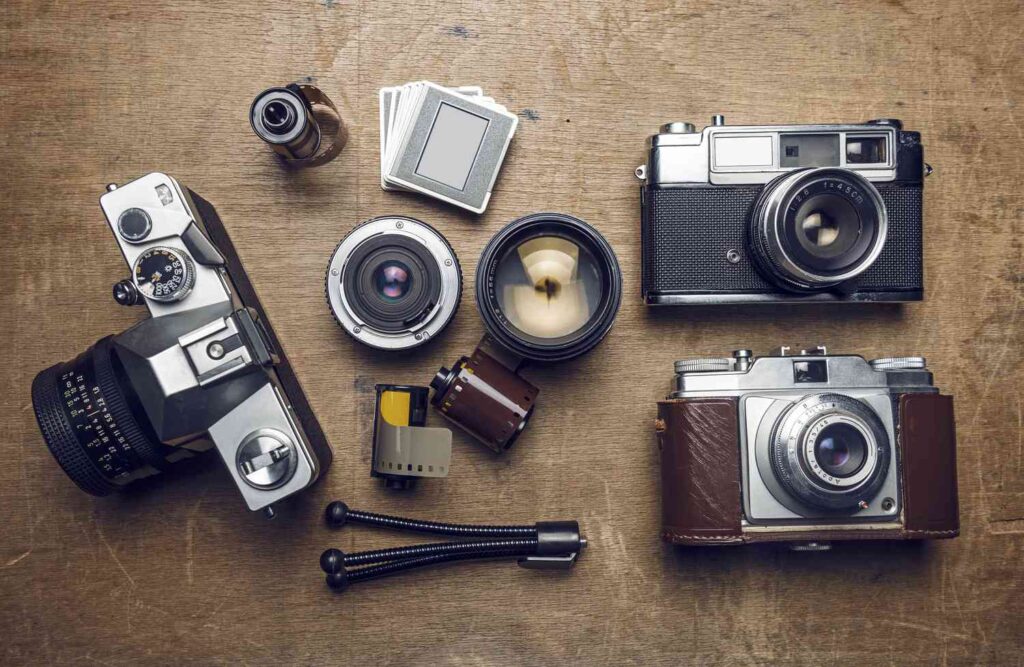In a fast-paced world, it’s crucial to have the energy to keep up with the demands of everyday life. Whether you’re an athlete, student, or busy professional, staying hydrated and energized is essential. That’s where Celsius comes in – a drink that’s designed to help you perform at your best.
What is Celsius?

Celsius is a fitness drink that’s designed to help you burn calories and give you a boost of energy. It’s made with natural ingredients like green tea extract, ginger, and guarana, and it’s free from preservatives and artificial colors. Celsius is also vegan and gluten-free, making it suitable for people with dietary restrictions.
How Does Celsius Work?
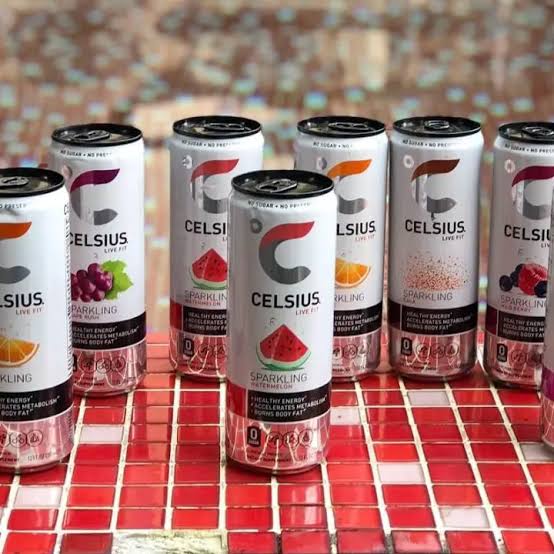
Celsius works by increasing your metabolic rate, which is the rate at which your body burns calories. The drink contains a proprietary blend of ingredients, including green tea extract, caffeine, and ginger, which have been shown to increase metabolic rate and improve energy levels.
When you drink Celsius, your body temperature increases, which causes you to burn more calories. The drink also contains caffeine, which can help improve mental clarity and alertness. The combination of these ingredients helps you to perform better and feel more energized throughout the day.
Benefits of Drinking Celsius
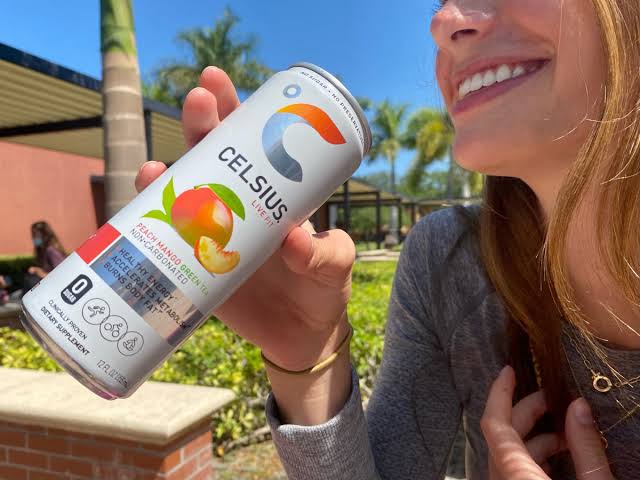
There are many benefits to drinking Celsius, including:
- Increased Energy: Celsius is designed to give you a boost of energy, making it perfect for athletes and busy professionals who need to perform at their best.
- Improved Metabolic Rate: Celsius can help improve your metabolic rate, which can lead to increased calorie burning and weight loss.
- Enhanced Focus: The caffeine in Celsius can help improve mental clarity and focus, making it ideal for students and anyone who needs to concentrate for extended periods.
- Natural Ingredients: Celsius is made with natural ingredients like green tea extract, ginger, and guarana, making it a healthier option than other energy drinks on the market.
- Gluten-Free and Vegan: Celsius is gluten-free and vegan, making it suitable for people with dietary restrictions.
How to Drink Celsius
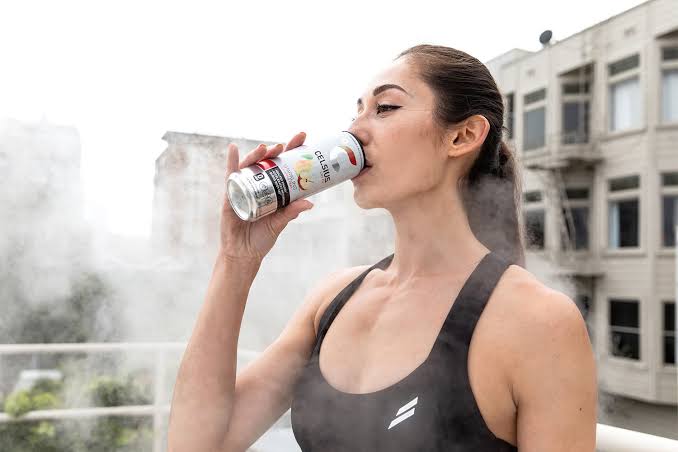
Celsius is easy to drink and comes in a variety of flavors, including orange, grapefruit, and watermelon. It’s best to drink Celsius 15-20 minutes before exercise or other physical activity to maximize its effects.
If you’re not a fan of cold drinks, you can also mix Celsius with hot water to make a warm beverage. This is an excellent option for cold days or when you need a quick energy boost.
Is Celsius Safe to Drink?
Celsius is generally safe to drink, but it’s essential to be aware of its caffeine content. One can of Celsius contains 200mg of caffeine, which is equivalent to about two cups of coffee. If you’re sensitive to caffeine or have a pre-existing medical condition, it’s best to consult your doctor before drinking Celsius.
This drink is also not recommended for children, pregnant or breastfeeding women, or people with heart conditions. It’s essential to read the label and follow the recommended serving size to avoid any adverse effects.

Celsius is an excellent option for anyone who needs a boost of energy to perform at their best. It’s made with natural ingredients, gluten-free, and vegan, making it a healthier option than other energy drinks on the market.
It also works by increasing your metabolic rate, which can lead to increased calorie burning and weight loss. It also contains caffeine, which can help improve mental clarity and focus.
If you’re looking for a drink that can help you stay energized and focused throughout the day, Celsius is the perfect choice. Just remember to drink it in moderation and follow the recommended serving size to avoid any adverse effects.



